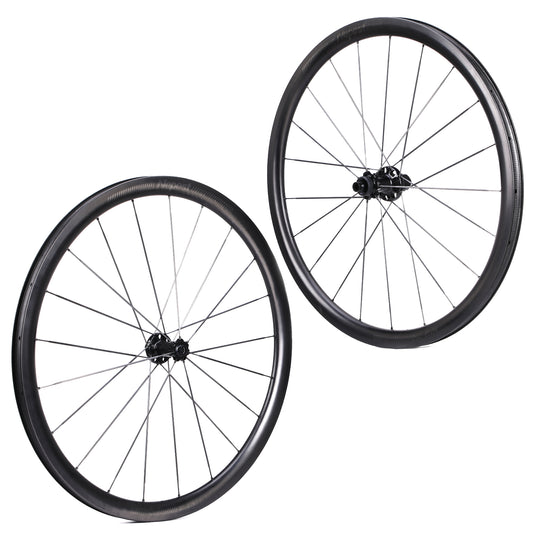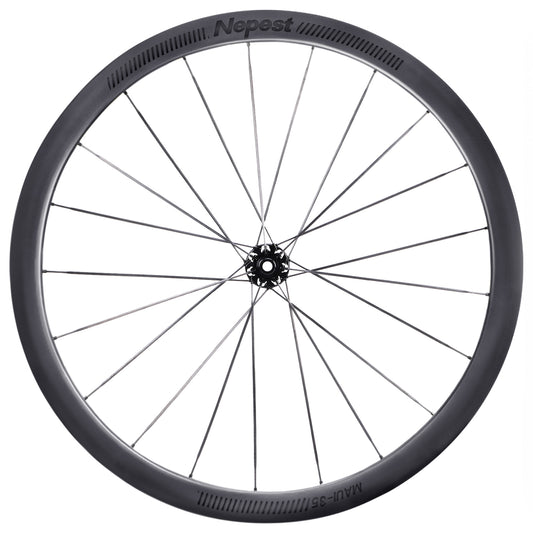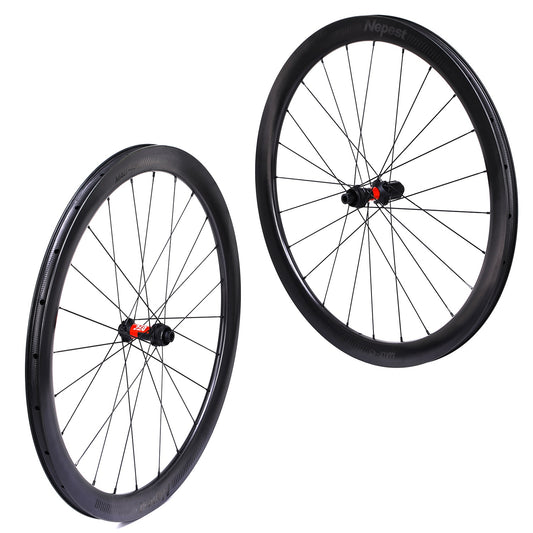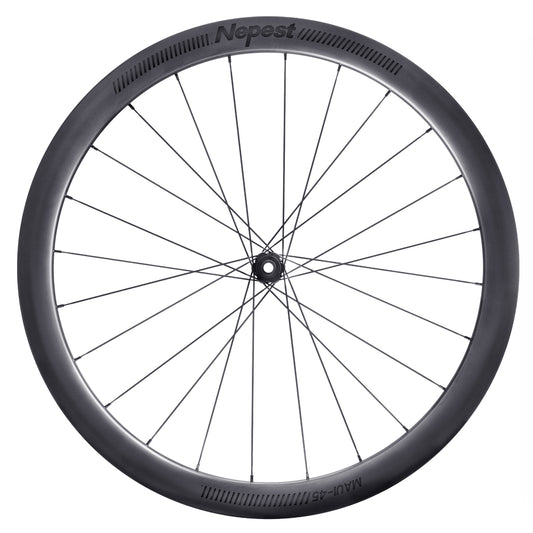Glasses
How to choose bicycle glasses?
Glasses are not just a fashion accessory, or for making you look cool on your bike (though they can do that too). They are an essential item of kit, protecting your eyes from harsh sunlight, road grit, stones thrown up by your tyres, and the ubiquitous flying bugs.
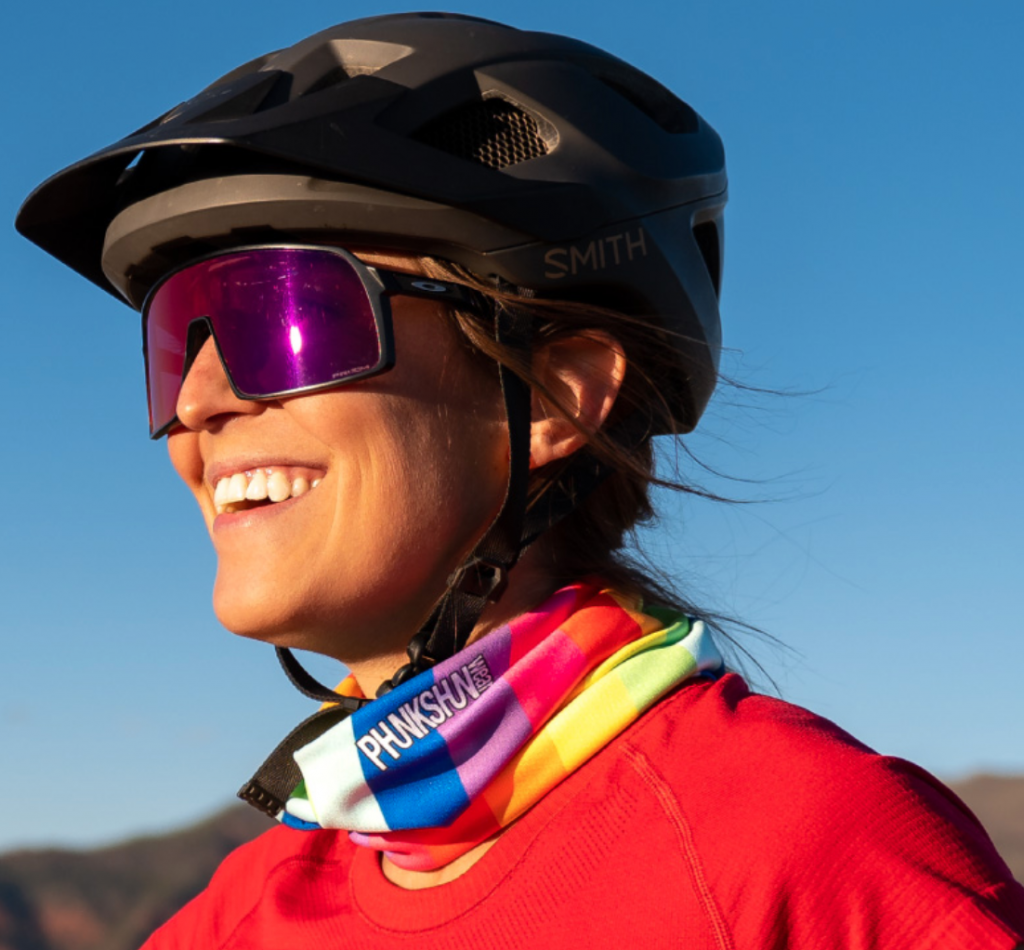
Cycle-specific glasses have been developed with a range of features and materials designed to make your ride safer and more comfortable. These include elements such as lightweight frames, shatterproof lenses and reflective coatings.
Whether you are searching for shades for your daily commute, ripping up the trails or eating up miles on your road bike, here’s what you should look out for.
Frame
There’s a reason you don’t see many road racers or trail riders in stylish metal-framed aviators. Metal is not a good material for sports-specific glasses. You can’t get a close-fitting shape, and if you do happen to crash then lots of spiky metal near your eyes is not ideal.
Polycarbonate plastic on the other hand is great. It’s durable, lightweight and strong, so it won’t shatter on impact if you do happen to go down. It’s also possible to make frames with a ‘wrap-around’ fit using this material, so the glasses sit more securely on your face.
If you tend to get hot when riding, have a look at frames that allow plenty of ventilation or airflow. This will keep your cooler, and help prevent the lenses fogging up.
Last but not least, there should be some soft grippy rubber pads on the nose and temples to help keep your glasses on your face comfortably.
Lenses
Hand in hand with the wraparound frame comes the option of large, curved lenses. These give you a nice big field of vision, so you should barely notice you are wearing glasses at all.
If you are going to be out for any length of time then you want to make sure your glasses have both UVA and UVB protection. These nasty sun rays can cause sunburn, premature ageing of the delicate skin around the eyes, and can damage the eyes themselves. If the glasses don’t have these filters, don’t get them!
Impact or shatter resistant lenses are worth looking for. Firstly, it means that if you do get a stone in the face, your lenses stay intact. Secondly, it should mean that if you drop them, you don’t need to invest in a new pair. Polycarbonate or NXT is the material you are looking for here. Various companies have their own proprietary versions, such as Oakleys’ Plutonite.
If fogging is a particular problem, there are a couple of options. Anti-fog coating should help prevent it happening, and venting on the lenses themselves keep a cooling flow of air over them as you ride.
Choosing a lens colour for the conditions you ride in can help you see better, and therefore ride better. Lots of glasses come with interchangeable lenses, so you can swap between them as the light levels change.
- Dark, grey or smokey – The most common lens colours. These block out light but don’t alter the colours your perceive.
- Brown or copper– A good all-purpose option. The colour increases the contrast so road and trail surfaces show up better.
- Clear Lenses– Useful to have for overcast days, and for night riding.
- Orange or yellow– These are perfect for low- or flat-light conditions, as the lens colour increases contrast, which makes it easier to spot dips, hollows and bumps.
- Photochromic– These lenses adapt to light conditions, shifting between light and dark. Great for changeable conditions, less good for environments like sun-dappled woodland, as the lenses may not change fast enough.
- Mirror Coating– This reduces the brilliance of the light shining through the lens, making these the ones to choose on really bright, shiny days.
- Polarizing – Polarized lenses cut glare and reflection, for example from sunlight reflecting off a wet road surface.
Prescriptions
If you need to wear glasses or contacts, then there are a few additional things to think about.
For contact lens wearers, wide lenses and a wraparound style will help keep grit out of the eye and away from the lens. The advantage of contacts is that you can swap your sunglasses if the conditions change and still be able to see.
If you prefer to wear glasses rather than contacts, then many opticians can make up inserts to the right level which sit inside your sunglasses. Some of these are specific to the brand of sunglasses you have so make sure you get the right ones. Anti-fog coating is a good idea too; there’s no point in having amazing sunnies if your inserts get fogged up every time you stop.
Alternatively, you can have the sunglasses lens itself made up to a prescription. Lots of companies offer this,
Fit
When it comes to fit, there is really no substitute for trying them on. You want the glasses to sit closely against your face, resting on your nose, cheeks and forehead. The arms should grip the sides of your head firmly, but not too tightly.
Make sure your peripheral vision is not obscured by the frame; this is where the wraparound fit comes in. Watch out for things like catching your eyelashes on the lens when you blink – after a couple of hours, this can become annoying beyond belief.
A secure fit is important, particularly if you’re going to be riding bumpy trails. When you have the glasses on try shaking, bobbing and moving your head around a little to check. It may look a bit silly, but not half as silly as your new specs flying off your face halfway round a bend.
If you’ve found a pair of glasses that have all the features you need, and you like what you see in the mirror, you’re on to a winner.
- Choosing a selection results in a full page refresh.


